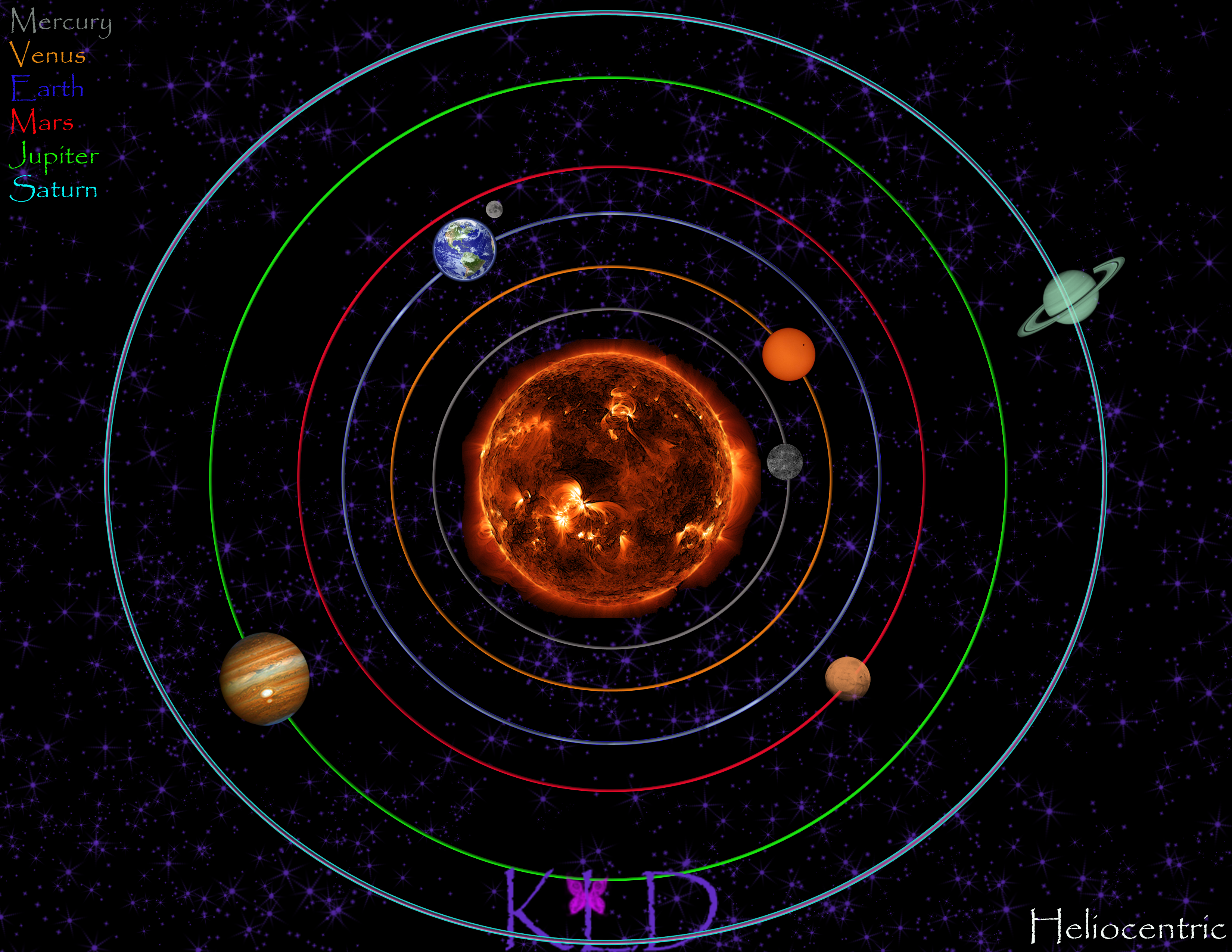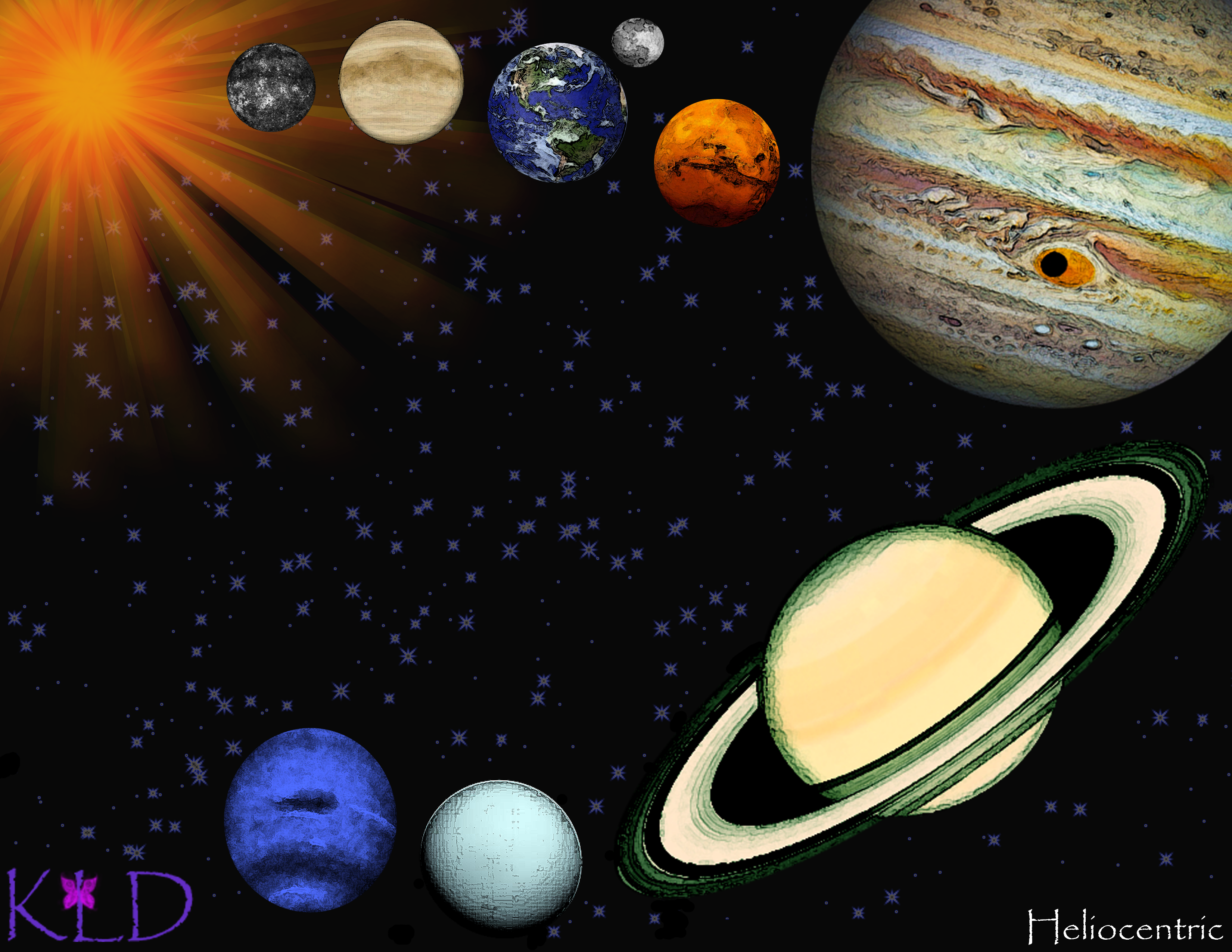

With the renaissance came the work of Nicolaus Copernicus, who proposed a heliocentric system, in which the planets revolved around the Sun and not the Earth. His work was later defended, expanded upon and modified by Galileo Galilei and Johannes Kepler. The scientific revolution began in Europe towards the end of the Renaissance period and continued through the late 18th century, influencing the social movement known as the Enlightenment. The publication in 1543 of Copernicus's On the Revolutions of the Heavenly Spheres is often cited as marking the beginning of the scientific revolution. By the end of the 18th century, the scientific revolution had ended, and the Enlightenment began.

In the 16th century, Copernicus discussed his heliocentric model of the universe in a similar way as Ptolemy had presented his geocentric model earlier. Copernicus elaborated his model in full geometrical detail, used astronomical observations to create his model, and wrote astronomical tables which enabled one to locate the positions of the stars and planets. In doing so, Copernicus "moved heliocentrism from philosophical speculation to predictive geometrical astronomy." In reality, his model did not predict the planets' positions any better than the geocentric model.

Aristotle first explained the motions of the planets in On the Heavens, his cosmological treatise. However, Johannes Kepler was the first to mathematically predict the motions of the planets from physical influences. Kepler discovered the three laws of planetary motion with the combination of his mathematical theories and Tycho Brahe's observations of the skies. Sir Isaac Newton further tied physics and astronomy together when he developed his law of gravity.
Newton discovered that the same force that attracted objects to the Earth also held the moon in orbit around the Earth. Through this discovery, he explained the theory of gravity in Principia. Newton's theoretical developments founded many principles of modern physics. Through observation, astronomers eventually realized that the sun was not the center of the universe as heliocentrists at the time of Copernicus had supposed. Modern thinking is that there is no specific location that is the center of the universe, per Albert Einstein's theory of relativity.
